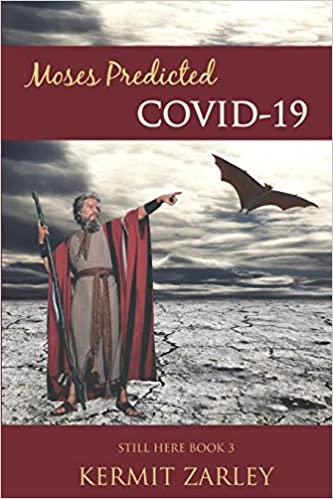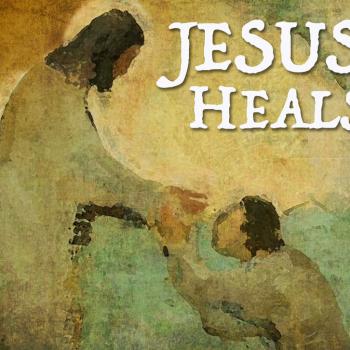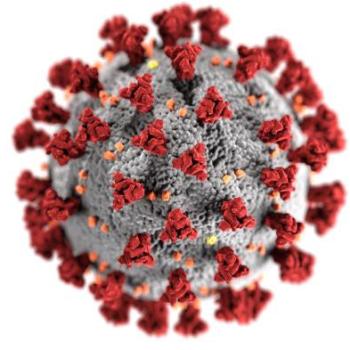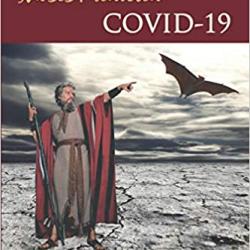 In writing nonfiction books, authors thinks a lot about trying to be accurate and truthful since such screeds are so permanent. In my last book, Moses Predicted COVID-19, published July 1, 202o, I was even more focused on that because I was writing about a novel (=new) coronavirus that experts were just learning about since its inception in late 2019. Plus, I didn’t have access to libraries since they were closed due to the pandemic shutdown.
In writing nonfiction books, authors thinks a lot about trying to be accurate and truthful since such screeds are so permanent. In my last book, Moses Predicted COVID-19, published July 1, 202o, I was even more focused on that because I was writing about a novel (=new) coronavirus that experts were just learning about since its inception in late 2019. Plus, I didn’t have access to libraries since they were closed due to the pandemic shutdown.
But I have been gratified during these past 8.5 months that so far I did not write anything in that book that I was mistaken about or wished I could now rewrite. The book’s thesis is quite innovative in that I compare Moses’ food laws in Leviticus 11 and Deuteronomy 14 to all of the past, major, pandemics/epidemics involving zoonosis–the transmission of an animal coronavirus to humans–since the Spanish Flu of 1918.
More particularly, Moses divided animals into two categories, clean and unclean. He told his Hebrew people they could eat the clean animals but not the unclean animals. The latter included pigs and bats, from which the majority of the past nine, largest pandemics/epidemics have originated since the Spanish Flu. Thus, I suggest that if the world would view animals as Moses’ food laws do–which Bible believers such as me view as given to him by God–the world would be much more able to avoid these zoonosis health crises such as COVID-19.
One of the main features of Moses’ food laws involves instructions about what to do if the Israelites even touched the carcass of an unclean animal. They were told to isolate in broad daylight from the community, thus go outdoors away from the campground of tents, until evening. In my book, I compare that with instructions from our health authorities about social distancing and other such things for this virus. I emphasize that the virus was communicable between humans mostly by means of transmission of droplets through the atmosphere and therefore not much outdoors or by touching objects. The latter is what most people thought in the beginning of COVID-19. Thus, there was a lot of unnecessary emphasis on disinfecting surfaces.
The emphasis for avoiding contracting zoonosis diseases such as COVID-19 should be on improving indoor ventilation as well as wearing a mask and doing social distancing. Thus, I state in my book (pp. 94-95), “Poor indoor ventilation is now regarded as high-risk for contracting COVID-19 at group gatherings. Perhaps indoor and/or outdoor fans or ventilation systems will be used in the future to blow air away that may contain COVID-19 droplets.” And I state a benefit of COVID-19 exposed people going outdoors by saying, “authorities now say that the sun’s UV rays destroy COVID-19 pathogens rather quickly. Similarly, contaminated Israelites remaining outside the camp would have ben exposed to a few hours of sunlight,” actually UV rays whether the sun is shining or not (maybe that I needed to change).
Research on contact tracing of people with COVID-19 was conducted by scientists at the University of Reading in Ireland and just published in The Irish Times. It confirms that the risk of contracting COVID-19 is greatly lessened with good indoor ventilation. The university’s Professor Simon Clarke said, surely thinking of Ireland surrounded by seawater, “You don’t get better ventilation than from the sea, so people congregating on a beach is likely to represent a minimal risk” for contracting COVID-19. Their study shows that only one COVID-19 infection per one thousand such infections occur outdoors. Nevertheless, these scientists caution that mass outdoor gatherings, such as pop concerts, should still be avoided due to the lack of social distancing if not also the refusal to wear masks.
And the CDC now says that less than one in ten thousand COVID-19 infections occurs from touching surfaces. The new CDC Director, Dr. Rochelle Walensky, said Monday at a White House press briefing concerning contracting this virus by touching surfaces, “Disinfection is only recommended in indoor settings–schools and homes–where there has been a suspected or confirmed case of COVID-19 within the past 24 hours.”
So, as experts learn more and more about COVID-19, it seems to confirm more and more that I may be onto something about comparing Moses’ food laws to COVID-19. But the book so far has had very little exposure. I’m hoping to change that shortly by doing some advertising of it and my next book, which is about Trump’s presidency.












